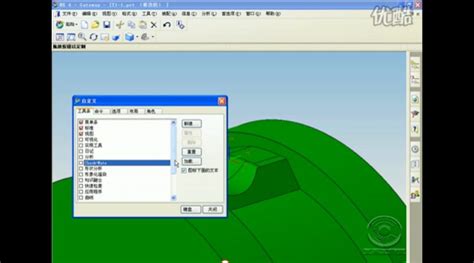您所在的位置:首页 - 百科 - 正文百科
inputbox例子
![]() 晏原
2024-05-03
【百科】
712人已围观
晏原
2024-05-03
【百科】
712人已围观
摘要**Title:GettingStartedwithInputBoxProgramming:AComprehensiveTutorial**---GettingStartedwithInputBoxP
Title: Getting Started with InputBox Programming: A Comprehensive Tutorial
Getting Started with InputBox Programming: A Comprehensive Tutorial
Welcome to the comprehensive tutorial on InputBox programming! InputBox is a versatile tool used in various programming languages to solicit user input during runtime. Whether you are a beginner or an experienced programmer, mastering InputBox techniques can greatly enhance your applications' functionality and user interaction.
InputBox is a graphical user interface (GUI) element commonly found in programming languages such as Visual Basic for Applications (VBA), Visual Basic (VB.NET), and others. It allows developers to prompt users for input through a simple dialog box, enabling dynamic interaction with the program.
The syntax for displaying an InputBox may vary slightly depending on the programming language, but the fundamental structure remains consistent:
result = InputBox(prompt[, title][, default][, xpos][, ypos][, helpfile, context])
Here's a breakdown of the parameters:
- prompt: This is the message or question displayed in the InputBox, prompting the user for input.
- title: (Optional) The title of the InputBox window.
- default: (Optional) The default input value displayed in the InputBox.
- xpos, ypos: (Optional) The coordinates specifying the position of the InputBox window on the screen.
- helpfile, context: (Optional) Parameters used for specifying Help file and Help context ID.

Let's explore some examples of InputBox implementation in different programming languages:
Visual Basic for Applications (VBA)
Dim userInput As String
userInput = InputBox("Enter your name:", "Name Input")
MsgBox "You entered: " & userInput
Visual Basic .NET (VB.NET)
Dim userInput As String
userInput = InputBox("Enter your age:", "Age Input", "25")
MessageBox.Show("You entered: " & userInput)
When using InputBox in your applications, consider the following best practices:
- Provide clear and concise prompts to guide users.
- Handle user input validation to ensure data integrity.
- Avoid cluttering the InputBox with excessive information.
- Test your application thoroughly to anticipate user interactions.
Congratulations! You've now learned the basics of InputBox programming. By incorporating InputBox into your projects, you can create more interactive and userfriendly applications. Remember to practice regularly and explore advanced features to further enhance your programming skills.
Happy coding!